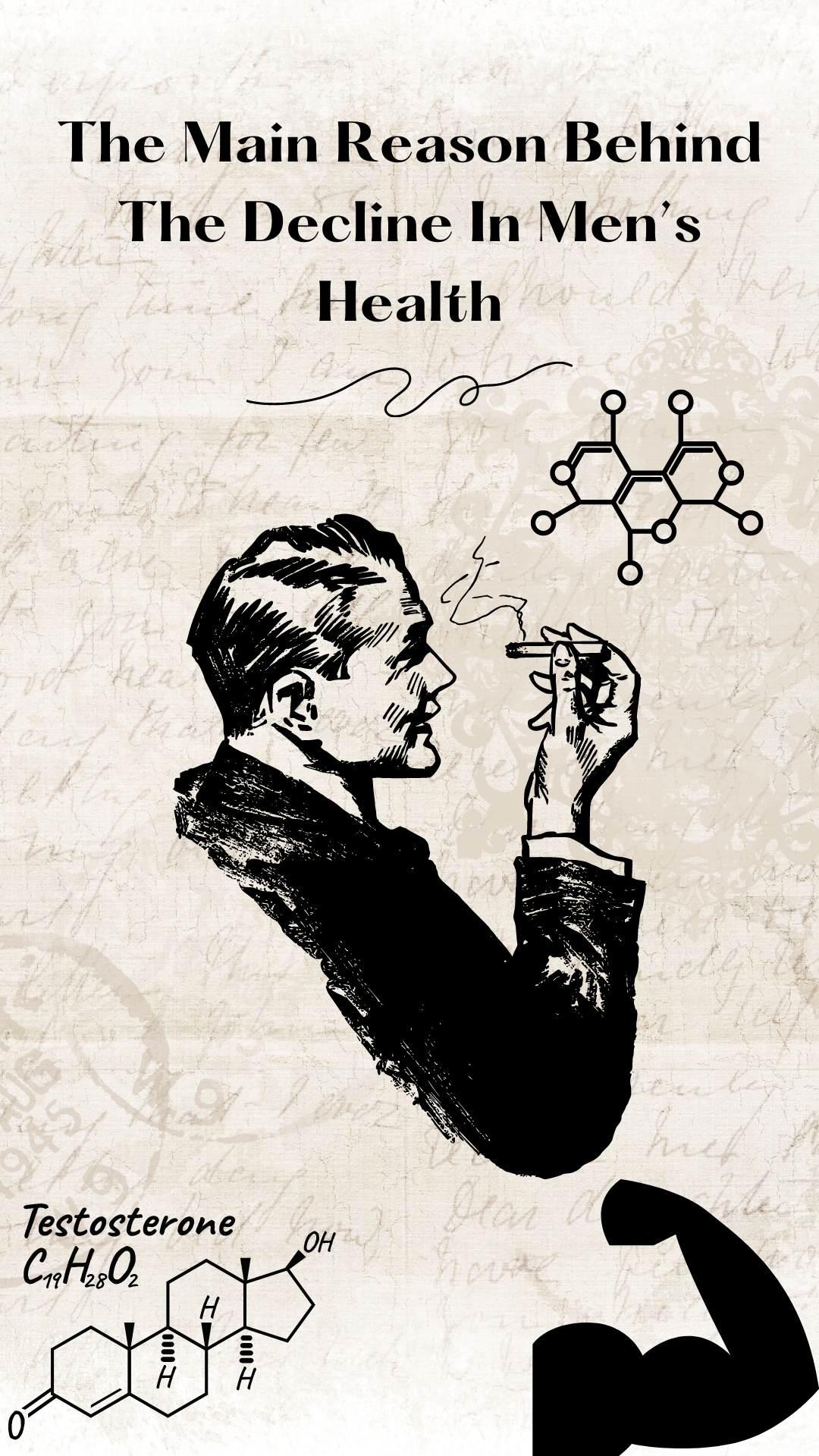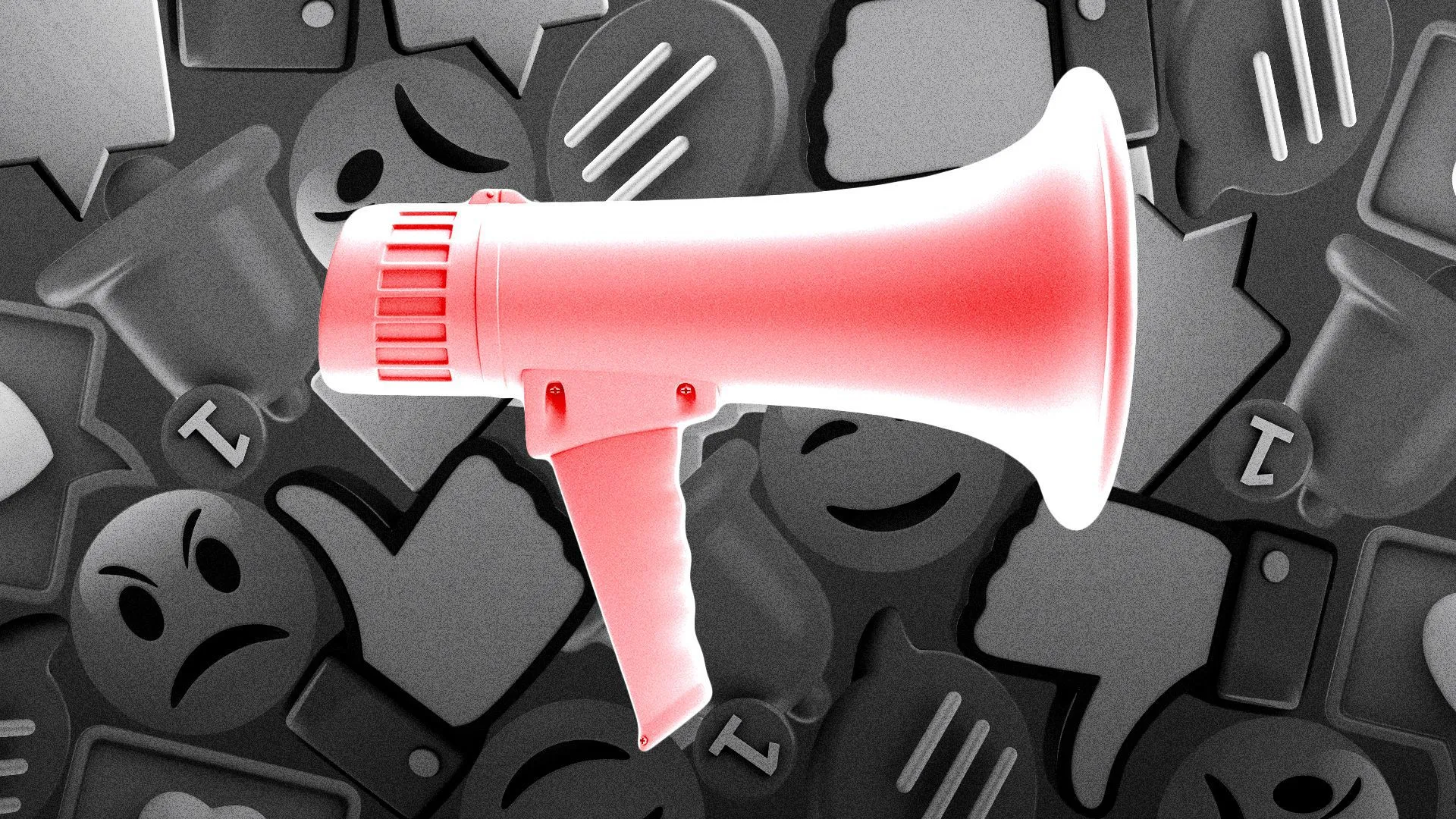
Introduction
In today’s digital age, our attention has become one of the most valuable resources. Corporations, advertisers, and creators vie for our focus, trying to hook us with engaging content, flashy ads, and irresistible clickbait. But what does this constant demand for our attention mean for us as individuals and as a society? This article explores the concept of the attention economy and its impact on our lives.

The Human Craving for Recognition
People have an innate desire for recognition and attention. This need isn’t just limited to our lives while we’re here; many seek ways to be remembered even after they’re gone. This pursuit of attention, while not always noble, is a fundamental aspect of human nature. It drives us to achieve, to create, and, unfortunately, it also drives some towards negative actions such as vandalism and harassment.

The Internet: A New Arena for Attention
The advent of the internet has added a new dimension to this quest for attention. With platforms like social media offering a global stage, the pursuit of attention has taken on a whole new scale. Now, anyone with an internet connection can broadcast their thoughts, actions, and creations to the world, hoping to capture the attention of others. However, this has led to an oversaturation of content, making it increasingly difficult to gain attention without resorting to extreme measures.

As we delve deeper into this topic, we will explore how businesses have capitalized on this desire for attention, turning it into a commodity, and how this has shaped our experiences and lives. We’ll also discuss the implications of this attention economy on our happiness and well-being. So, let’s start this journey into the intricacies of the attention economy.
Part 1: The Commodification of Attention
In our hyper-connected world, attention has evolved from a primal need for recognition to a hotly traded commodity. It’s no longer just about being seen or heard; it’s about commanding an audience’s focus in a sea of endless information. This section delves into how this shift occurred and the role corporations play in the attention economy.

From Recognition to Commodity
The transition from recognition to commodity began with the internet. The global platform transformed the way we share and consume information, creating an environment where attention became a scarce and valuable resource. In this new landscape, capturing someone’s attention could mean the difference between obscurity and viral fame.
According to research by Mormann, attention plays a crucial role in economic choice due to its scarcity. This scarcity has given rise to what Nicholas Barrett calls “a race to the bottom” in his Medium article. In the quest to capture attention, content creators are incentivized to push boundaries, often resorting to sensationalism and controversy.
The Role of Corporations in the Attention Economy
Corporations have been quick to capitalize on this new commodity. Recognizing the value of consumer attention, they’ve developed strategies to capture and hold it. Whether through engaging advertisements, addictive app designs, or compelling content, corporations have turned the art of capturing attention into a science.
A study on corporate social responsibility through advertisements emphasizes the importance of positive perceptions among stakeholders, particularly consumers. By crafting messages that resonate with their audience, corporations can hold their attention, influencing their perceptions and ultimately their purchasing decisions.
However, the commodification of attention raises ethical questions. As corporations compete for our attention, we must ask ourselves: at what cost? What happens when the pursuit of attention outweighs the value of the content itself? These are questions we’ll explore as we delve deeper into the dark side of the attention economy.
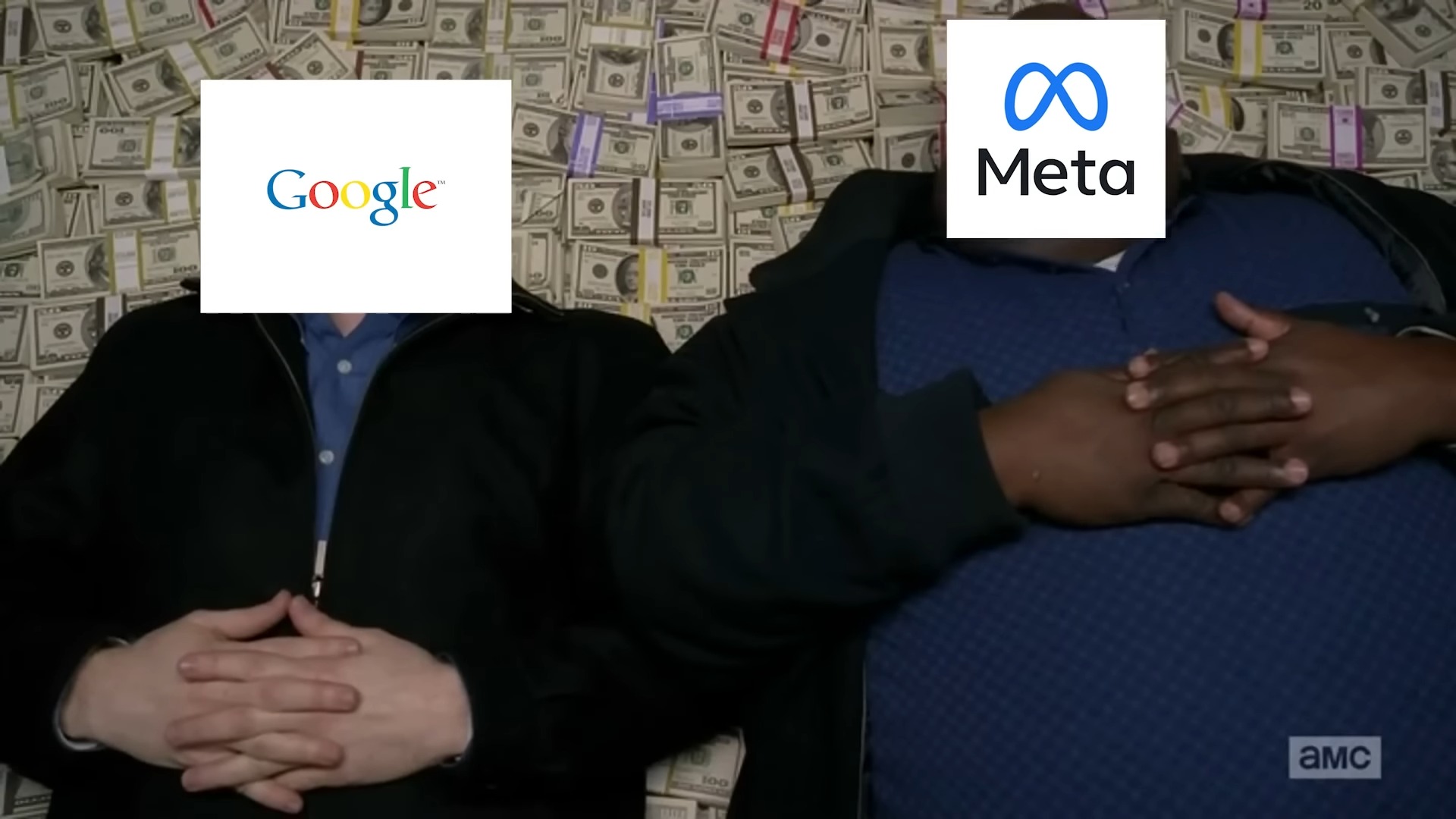
Gamification of Attention: A Profit-Maximizing Strategy
The gamification of attention is another strategy employed by corporations in the attention economy. By turning interactions into game-like experiences, businesses can engage users more effectively and for longer periods.
Gamification involves the use of game design elements in non-game contexts. It has been used in various fields, from education to marketing, to increase engagement, motivation, and loyalty. For instance, apps like Duolingo and Habitica use gamification to make learning and habit formation fun and engaging.
In the attention economy, gamification is often used to maximize profits. By making their platforms or services more enjoyable, companies can attract more users and keep them engaged for longer. This increased engagement translates into more opportunities to monetize through advertising or in-app purchases.
However, as with other strategies in the attention economy, gamification raises ethical concerns. While it can provide value to users, it can also be used to manipulate them, encouraging addictive behaviors and exploiting psychological vulnerabilities. As we continue to navigate the attention economy, it’s crucial to be aware of these tactics and consider their implications.
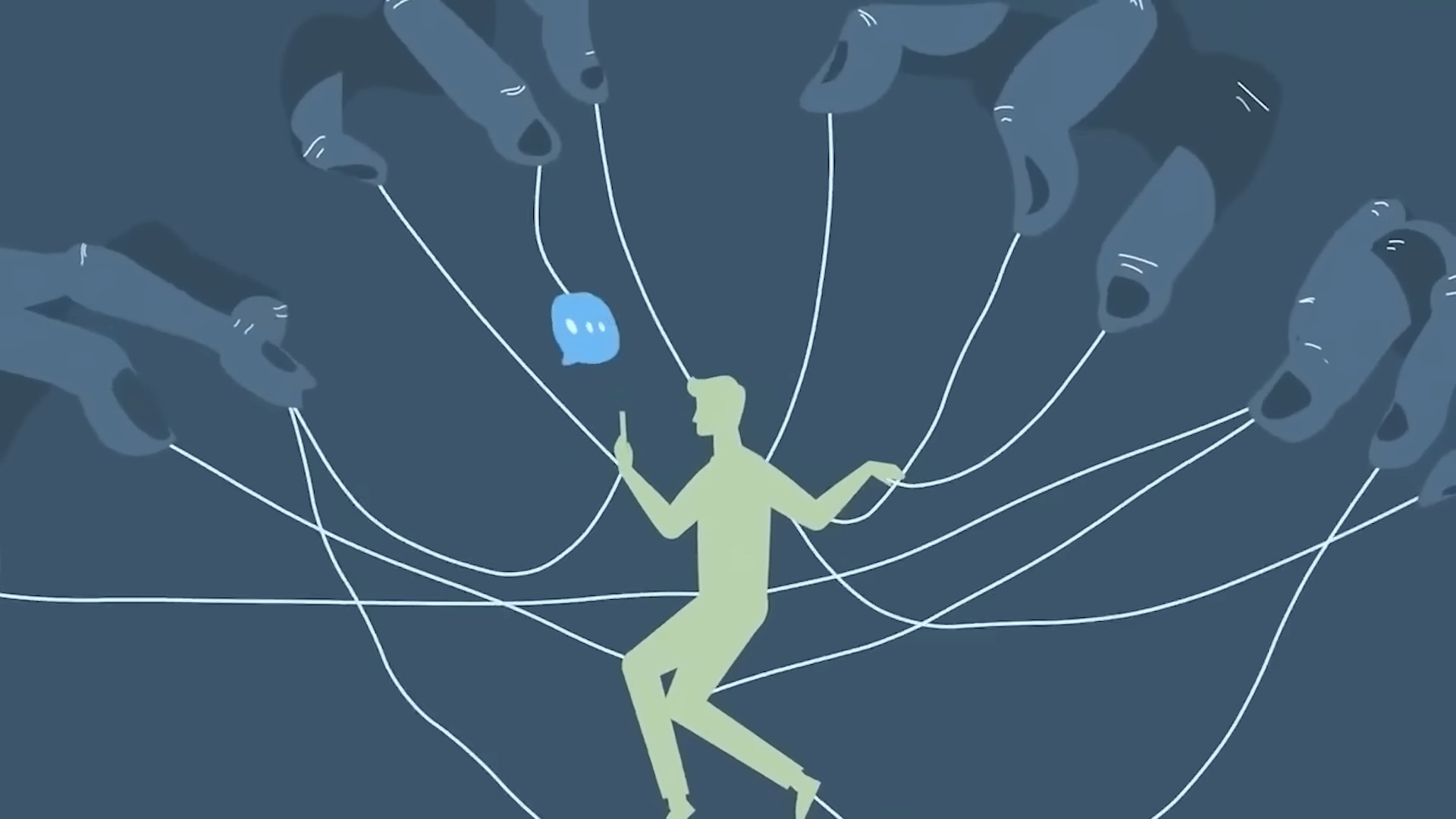
The Rise of the ‘TikTokified’ World
The advent of social media platforms like TikTok has ushered in a new era of ruthless competition for attention. These platforms have masterfully optimized their algorithms to keep users engaged with an endless stream of content. This surge in short, fast, and stimulating content caters to our desire for instant gratification, resulting in a world that is gradually getting ‘TikTokified’, where every platform implements short-form and live features.

Part 2: The Impact of the Attention Economy
The attention economy, as we’ve discovered, revolves around the capture and commodification of our attention. But how does this affect us? This section explores the impact of the attention economy on our experiences, lives, and well-being.

Controlling Attention: Shaping Experiences and Lives
Corporations, through their strategies to capture attention, end up shaping our experiences and lives. The algorithms that power social media feeds, for instance, are designed to maximize user engagement. They curate content based on what they think will keep us scrolling longer, influencing our perceptions of reality and our interactions with others.
The Poverty of Attention
This abundance of content alternatives has created a poverty of attention. Attention merchants have turned our desire for recognition into a commodity, creating an economy that thrives on views and likes. But at what cost? The pursuit of attention can lead to negative behaviors such as violence and vandalism. It can also lead us to undervalue our own attention, wasting time on content that adds nothing to our lives.
The Addiction to Online Content
The attention economy fosters addiction to online content. According to a report by The Crimson, the scarcity of attention in the digital economy leads to competition, driving companies to create more engaging and addictive content. This addiction can have detrimental effects on our mental health, leading to conditions like anxiety and depression.

The Misuse of Attention: Time-Wasting Content
In the race to capture attention, the quality of content often takes a backseat. As a result, the internet is flooded with time-wasting content that offers little to no value. This misuse of attention not only wastes our time but also deprives us of opportunities to engage with meaningful and enriching content.
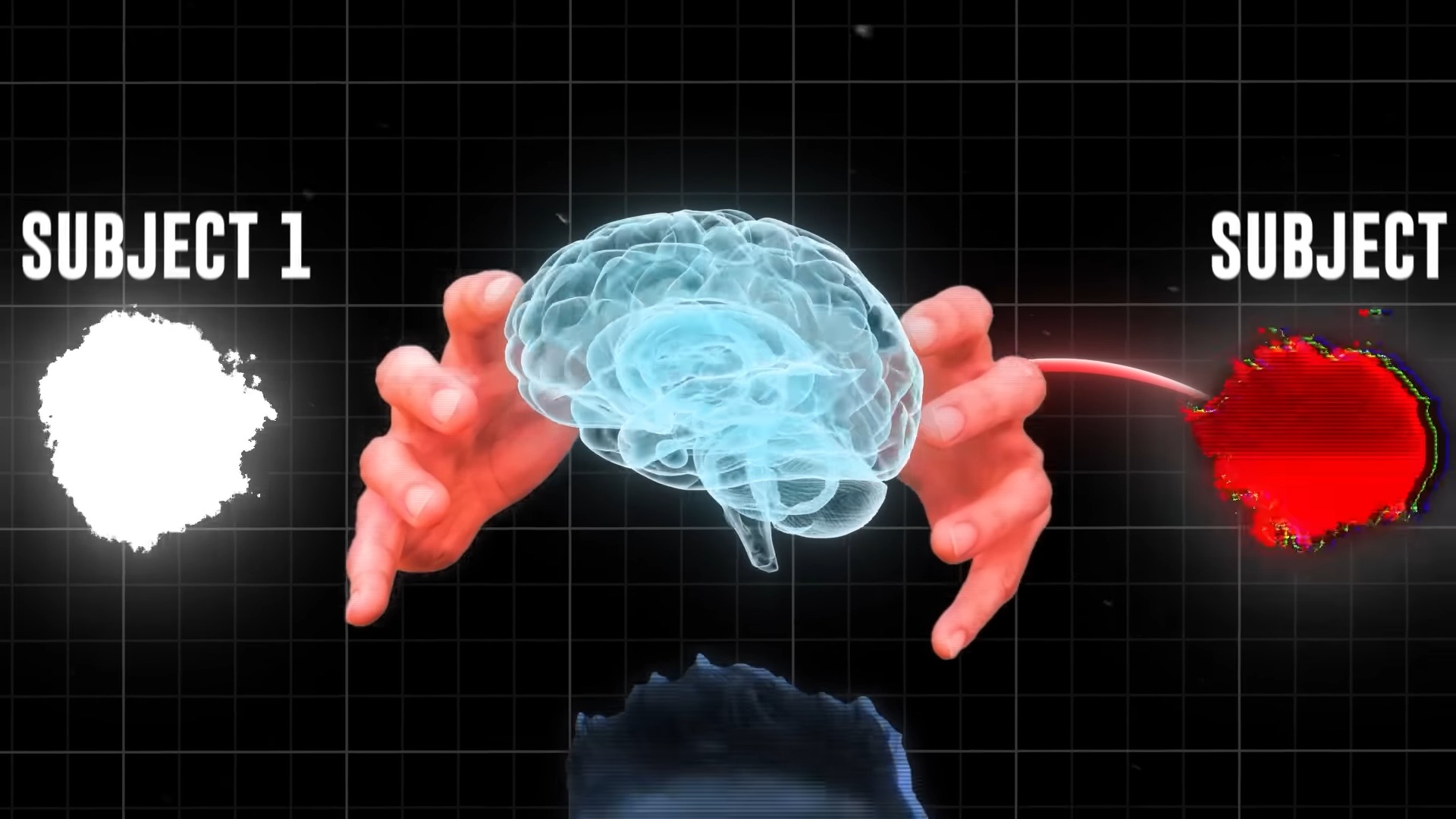
Part 3: The Dark Side of the Attention Economy
The attention economy isn’t all bad. It has enabled creators to reach global audiences and has driven innovation in advertising and content creation. However, it also has a dark side. This section explores some of the negative aspects of the attention economy.

Attention Merchants: The Sale of Mind Space
Attention merchants are corporations or individuals who profit from capturing and selling our attention. These merchants employ various tactics to capture our attention, from sensational headlines to addictive app designs. Once they have our attention, they sell it to advertisers, turning our mind space into a commodity.
Rage Bait: The Effective Attention Grabber
Rage bait is content designed to provoke outrage or anger, and it’s an effective attention grabber in the attention economy. By tapping into our emotions, rage bait makes us more likely to engage with content, whether by clicking, commenting, or sharing. However, this tactic contributes to a culture of outrage and division, undermining civil discourse.
The internet constantly distracts us and amplifies rage-inducing discourse, preventing us from directing our energy towards policy makers and important issues. The strategy of rage baiting, which provokes emotional reactions to increase engagement and monetize attention, distracts us from more important issues and creates a culture of manufactured outrage.

The Distracting Effect of Amplified Discourse
The attention economy amplifies discourse, often to the point of distraction. In their quest for attention, content creators often resort to extreme viewpoints or sensationalism. This amplified discourse can distract us from more important issues and contribute to polarization.
Part 4: The Attention Economy and Happiness
The attention economy doesn’t just affect our experiences and perceptions; it also impacts our happiness. This section explores the relationship between the attention economy and happiness.

Declining Happiness in America
Despite advancements in technology and living standards, happiness in America is on the decline. One factor contributing to this decline is the attention economy. As we spend more time online, we have less time for offline activities that contribute to happiness, such as spending time with loved ones or engaging in hobbies.
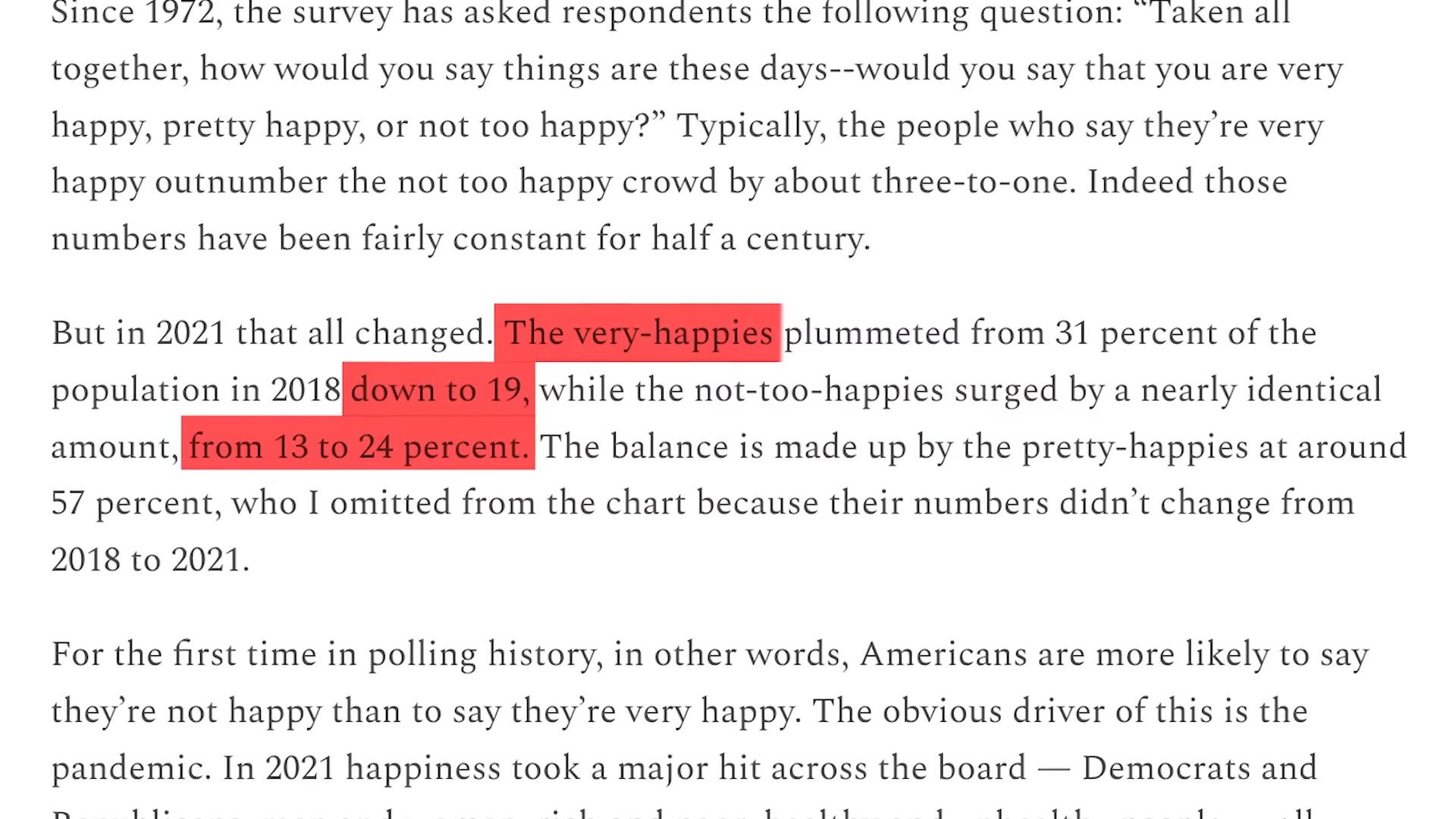
The Wealth Gap and Its Impact on Happiness
The attention economy has also contributed to the wealth gap. Attention is a form of wealth in the digital age, and like financial wealth, it isn’t evenly distributed. The rich get richer in terms of attention, while the poor get poorer. This wealth gap can exacerbate feelings of inequality and unhappiness.
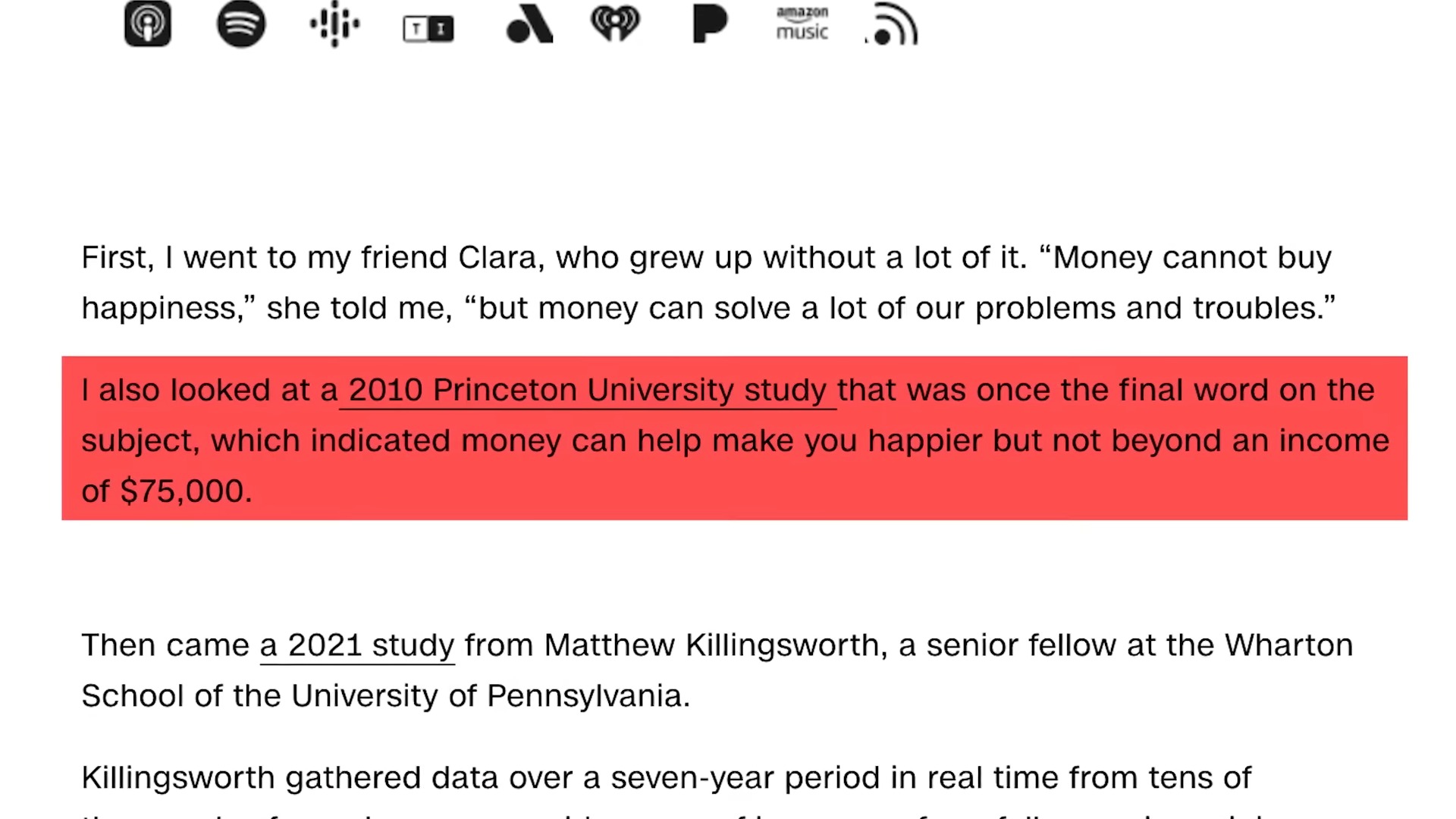
The Role of Distraction and Division in Preventing Unity
The attention economy fosters distraction and division, preventing unity. As we’re bombarded with information and pulled in different directions, it becomes harder to focus on common goals or values. This lack of unity can lead to feelings of isolation and unhappiness.

Part 5: Towards a Better Understanding of Attention
Understanding the attention economy is the first step towards navigating it effectively. This section explores how we can better understand and manage our attention in the digital age.
Attention as an Active Exchange
Attention isn’t just something that’s passively given; it’s an active exchange. Every time we give our attention to something, we’re making a choice. By recognizing this, we can take control of our attention and choose to engage with content that enriches us.

Prioritizing Worthy Recipients of Our Attention
Not all content is created equal. Some content is designed to inform, inspire, or entertain, while other content is designed to manipulate or deceive. By prioritizing worthy recipients of our attention, we can ensure that our time and energy are well spent.
Shaping Our Experiences Through Controlled Attention
The challenge we face is not just about controlling our attention but also about shaping our experiences. Controlling our attention is important for becoming the best version of ourselves. By recognizing attention as a valuable commodity, we can become more mindful of where we direct it.

Final Thoughts
In an age of digital connectivity, the attention economy has emerged as a powerful force, reshaping how we share and consume information. This new landscape is a double-edged sword; it offers unfettered access to knowledge and social interaction, yet it also harbors unique challenges.
The attention economy has democratized information, spurred innovation, and fostered global conversations. However, it’s also led to an era of distraction and misinformation, commodifying our time and mental space.

Despite these challenges, we aren’t powerless. By understanding the dynamics of the attention economy, we can make conscious decisions about how we allocate our attention. We can engage with enriching content, set boundaries to safeguard our mental space, and use tools to manage our online time effectively.
In the end, the attention economy doesn’t have to be a daunting maze. With awareness and thoughtful action, we can navigate this landscape effectively, using it to our advantage for learning, growth, and connection. Let’s reclaim our attention and wield it wisely in this ever-evolving digital age.

Introduction
In today’s digital age, our attention has become one of the most valuable resources. Corporations, advertisers, and creators vie for our focus, trying to hook us with engaging content, flashy ads, and irresistible clickbait. But what does this constant demand for our attention mean for us as individuals and as a society? This article explores the concept of the attention economy and its impact on our lives.

The Human Craving for Recognition
People have an innate desire for recognition and attention. This need isn’t just limited to our lives while we’re here; many seek ways to be remembered even after they’re gone. This pursuit of attention, while not always noble, is a fundamental aspect of human nature. It drives us to achieve, to create, and, unfortunately, it also drives some towards negative actions such as vandalism and harassment.

The Internet: A New Arena for Attention
The advent of the internet has added a new dimension to this quest for attention. With platforms like social media offering a global stage, the pursuit of attention has taken on a whole new scale. Now, anyone with an internet connection can broadcast their thoughts, actions, and creations to the world, hoping to capture the attention of others. However, this has led to an oversaturation of content, making it increasingly difficult to gain attention without resorting to extreme measures.

As we delve deeper into this topic, we will explore how businesses have capitalized on this desire for attention, turning it into a commodity, and how this has shaped our experiences and lives. We’ll also discuss the implications of this attention economy on our happiness and well-being. So, let’s start this journey into the intricacies of the attention economy.
Part 1: The Commodification of Attention
In our hyper-connected world, attention has evolved from a primal need for recognition to a hotly traded commodity. It’s no longer just about being seen or heard; it’s about commanding an audience’s focus in a sea of endless information. This section delves into how this shift occurred and the role corporations play in the attention economy.

From Recognition to Commodity
The transition from recognition to commodity began with the internet. The global platform transformed the way we share and consume information, creating an environment where attention became a scarce and valuable resource. In this new landscape, capturing someone’s attention could mean the difference between obscurity and viral fame.
According to research by Mormann, attention plays a crucial role in economic choice due to its scarcity. This scarcity has given rise to what Nicholas Barrett calls “a race to the bottom” in his Medium article. In the quest to capture attention, content creators are incentivized to push boundaries, often resorting to sensationalism and controversy.
The Role of Corporations in the Attention Economy
Corporations have been quick to capitalize on this new commodity. Recognizing the value of consumer attention, they’ve developed strategies to capture and hold it. Whether through engaging advertisements, addictive app designs, or compelling content, corporations have turned the art of capturing attention into a science.
A study on corporate social responsibility through advertisements emphasizes the importance of positive perceptions among stakeholders, particularly consumers. By crafting messages that resonate with their audience, corporations can hold their attention, influencing their perceptions and ultimately their purchasing decisions.
However, the commodification of attention raises ethical questions. As corporations compete for our attention, we must ask ourselves: at what cost? What happens when the pursuit of attention outweighs the value of the content itself? These are questions we’ll explore as we delve deeper into the dark side of the attention economy.

Gamification of Attention: A Profit-Maximizing Strategy
The gamification of attention is another strategy employed by corporations in the attention economy. By turning interactions into game-like experiences, businesses can engage users more effectively and for longer periods.
Gamification involves the use of game design elements in non-game contexts. It has been used in various fields, from education to marketing, to increase engagement, motivation, and loyalty. For instance, apps like Duolingo and Habitica use gamification to make learning and habit formation fun and engaging.
In the attention economy, gamification is often used to maximize profits. By making their platforms or services more enjoyable, companies can attract more users and keep them engaged for longer. This increased engagement translates into more opportunities to monetize through advertising or in-app purchases.
However, as with other strategies in the attention economy, gamification raises ethical concerns. While it can provide value to users, it can also be used to manipulate them, encouraging addictive behaviors and exploiting psychological vulnerabilities. As we continue to navigate the attention economy, it’s crucial to be aware of these tactics and consider their implications.

The Rise of the ‘TikTokified’ World
The advent of social media platforms like TikTok has ushered in a new era of ruthless competition for attention. These platforms have masterfully optimized their algorithms to keep users engaged with an endless stream of content. This surge in short, fast, and stimulating content caters to our desire for instant gratification, resulting in a world that is gradually getting ‘TikTokified’, where every platform implements short-form and live features.

Part 2: The Impact of the Attention Economy
The attention economy, as we’ve discovered, revolves around the capture and commodification of our attention. But how does this affect us? This section explores the impact of the attention economy on our experiences, lives, and well-being.

Controlling Attention: Shaping Experiences and Lives
Corporations, through their strategies to capture attention, end up shaping our experiences and lives. The algorithms that power social media feeds, for instance, are designed to maximize user engagement. They curate content based on what they think will keep us scrolling longer, influencing our perceptions of reality and our interactions with others.
The Poverty of Attention
This abundance of content alternatives has created a poverty of attention. Attention merchants have turned our desire for recognition into a commodity, creating an economy that thrives on views and likes. But at what cost? The pursuit of attention can lead to negative behaviors such as violence and vandalism. It can also lead us to undervalue our own attention, wasting time on content that adds nothing to our lives.
The Addiction to Online Content
The attention economy fosters addiction to online content. According to a report by The Crimson, the scarcity of attention in the digital economy leads to competition, driving companies to create more engaging and addictive content. This addiction can have detrimental effects on our mental health, leading to conditions like anxiety and depression.

The Misuse of Attention: Time-Wasting Content
In the race to capture attention, the quality of content often takes a backseat. As a result, the internet is flooded with time-wasting content that offers little to no value. This misuse of attention not only wastes our time but also deprives us of opportunities to engage with meaningful and enriching content.

Part 3: The Dark Side of the Attention Economy
The attention economy isn’t all bad. It has enabled creators to reach global audiences and has driven innovation in advertising and content creation. However, it also has a dark side. This section explores some of the negative aspects of the attention economy.

Attention Merchants: The Sale of Mind Space
Attention merchants are corporations or individuals who profit from capturing and selling our attention. These merchants employ various tactics to capture our attention, from sensational headlines to addictive app designs. Once they have our attention, they sell it to advertisers, turning our mind space into a commodity.
Rage Bait: The Effective Attention Grabber
Rage bait is content designed to provoke outrage or anger, and it’s an effective attention grabber in the attention economy. By tapping into our emotions, rage bait makes us more likely to engage with content, whether by clicking, commenting, or sharing. However, this tactic contributes to a culture of outrage and division, undermining civil discourse.
The internet constantly distracts us and amplifies rage-inducing discourse, preventing us from directing our energy towards policy makers and important issues. The strategy of rage baiting, which provokes emotional reactions to increase engagement and monetize attention, distracts us from more important issues and creates a culture of manufactured outrage.

The Distracting Effect of Amplified Discourse
The attention economy amplifies discourse, often to the point of distraction. In their quest for attention, content creators often resort to extreme viewpoints or sensationalism. This amplified discourse can distract us from more important issues and contribute to polarization.
Part 4: The Attention Economy and Happiness
The attention economy doesn’t just affect our experiences and perceptions; it also impacts our happiness. This section explores the relationship between the attention economy and happiness.

Declining Happiness in America
Despite advancements in technology and living standards, happiness in America is on the decline. One factor contributing to this decline is the attention economy. As we spend more time online, we have less time for offline activities that contribute to happiness, such as spending time with loved ones or engaging in hobbies.

The Wealth Gap and Its Impact on Happiness
The attention economy has also contributed to the wealth gap. Attention is a form of wealth in the digital age, and like financial wealth, it isn’t evenly distributed. The rich get richer in terms of attention, while the poor get poorer. This wealth gap can exacerbate feelings of inequality and unhappiness.

The Role of Distraction and Division in Preventing Unity
The attention economy fosters distraction and division, preventing unity. As we’re bombarded with information and pulled in different directions, it becomes harder to focus on common goals or values. This lack of unity can lead to feelings of isolation and unhappiness.

Part 5: Towards a Better Understanding of Attention
Understanding the attention economy is the first step towards navigating it effectively. This section explores how we can better understand and manage our attention in the digital age.
Attention as an Active Exchange
Attention isn’t just something that’s passively given; it’s an active exchange. Every time we give our attention to something, we’re making a choice. By recognizing this, we can take control of our attention and choose to engage with content that enriches us.

Prioritizing Worthy Recipients of Our Attention
Not all content is created equal. Some content is designed to inform, inspire, or entertain, while other content is designed to manipulate or deceive. By prioritizing worthy recipients of our attention, we can ensure that our time and energy are well spent.
Shaping Our Experiences Through Controlled Attention
The challenge we face is not just about controlling our attention but also about shaping our experiences. Controlling our attention is important for becoming the best version of ourselves. By recognizing attention as a valuable commodity, we can become more mindful of where we direct it.

Final Thoughts
In an age of digital connectivity, the attention economy has emerged as a powerful force, reshaping how we share and consume information. This new landscape is a double-edged sword; it offers unfettered access to knowledge and social interaction, yet it also harbors unique challenges.
The attention economy has democratized information, spurred innovation, and fostered global conversations. However, it’s also led to an era of distraction and misinformation, commodifying our time and mental space.

Despite these challenges, we aren’t powerless. By understanding the dynamics of the attention economy, we can make conscious decisions about how we allocate our attention. We can engage with enriching content, set boundaries to safeguard our mental space, and use tools to manage our online time effectively.
In the end, the attention economy doesn’t have to be a daunting maze. With awareness and thoughtful action, we can navigate this landscape effectively, using it to our advantage for learning, growth, and connection. Let’s reclaim our attention and wield it wisely in this ever-evolving digital age.

